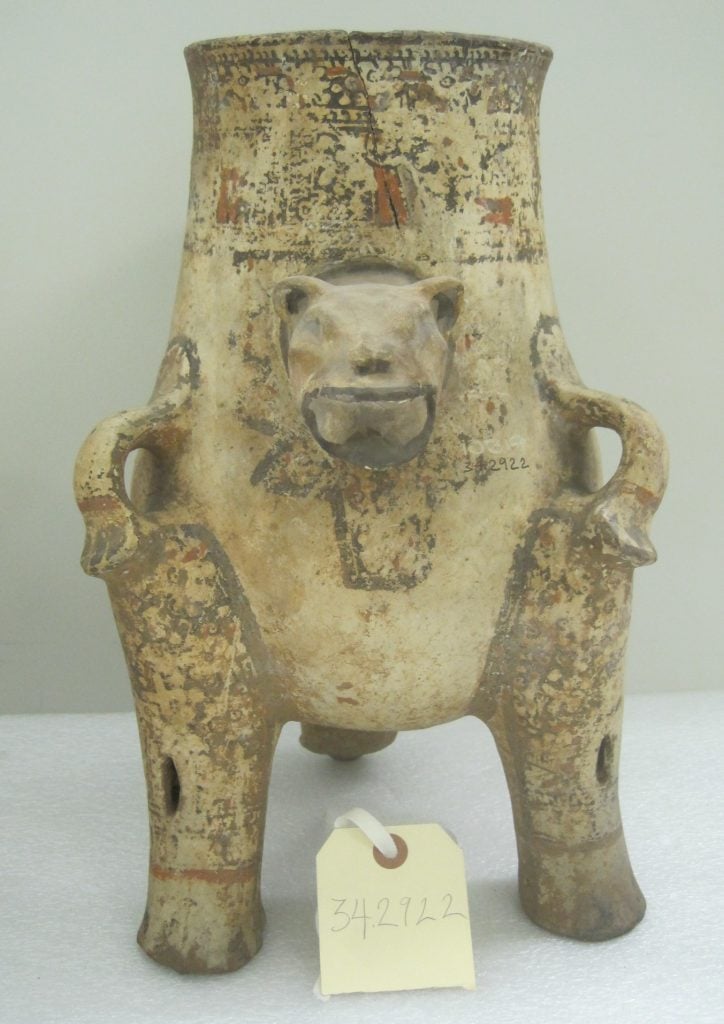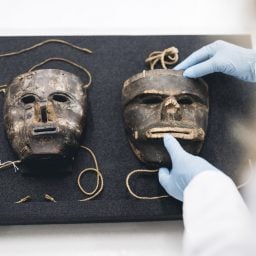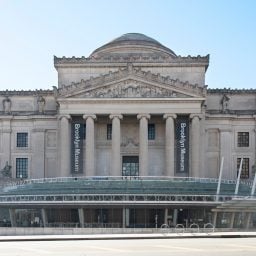Some 1,300 artifacts, including pre-Columbian sculptures, vases, and tools, are headed back to Costa Rica after spending more than eight decades at the Brooklyn Museum.
In October, the New York museum repatriated the objects to the National Museum of Costa Rica—marking the second time in 10 years it has returned a trove of ancient artifacts to the Central American country. In 2011, the museum transferred 981 ceramic vessels and figurines to the National Museum. In both cases, the Brooklyn Museum restituted the items on its own accord, without request or judicial process.
The artifacts previously belonged to the collection of railroad magnate Minor Keith, who took the items in the late 19th and early 20th centuries after workers unearthed them at various banana plantations he owned in Costa Rica. There were no laws at the time to prevent the exportation of cultural heritage.
The Brooklyn Museum acquired a portion of the Keith collection from gift in 1931, and another through purchase in 1934, five years after the entrepreneur’s death.
“Over 12 years, the collection was cataloged and photographed and 2,281 pieces were approved for deaccession based upon the established criteria for deaccession,” Nancy Rosoff, the Brooklyn Museum’s senior curator of arts from the Americas, told Artnet News in an email. “We initiated conversations with the National Museum of Costa Rica to see if they wanted the collection and they accepted the objects as an unrestricted gift.”
Included among the newly returned items are ceramic vessels and human figurines, as well as domestic implements such as metates (grinding stones), chisels, and axes, Rosoff explained. Some are more than 2,000 years old, dating back to extinct civilizations.
“Completing this collection is of utmost importance for the National Museum of Costa Rica, said its director, Rocío Fernández, after the objects were unveiled during a press conference last week. “With it, a part of the cultural heritage of our country returns.”
Fernández added that some of the pieces will form an upcoming exhibition at the museum, while others will undergo further study by specialists.









